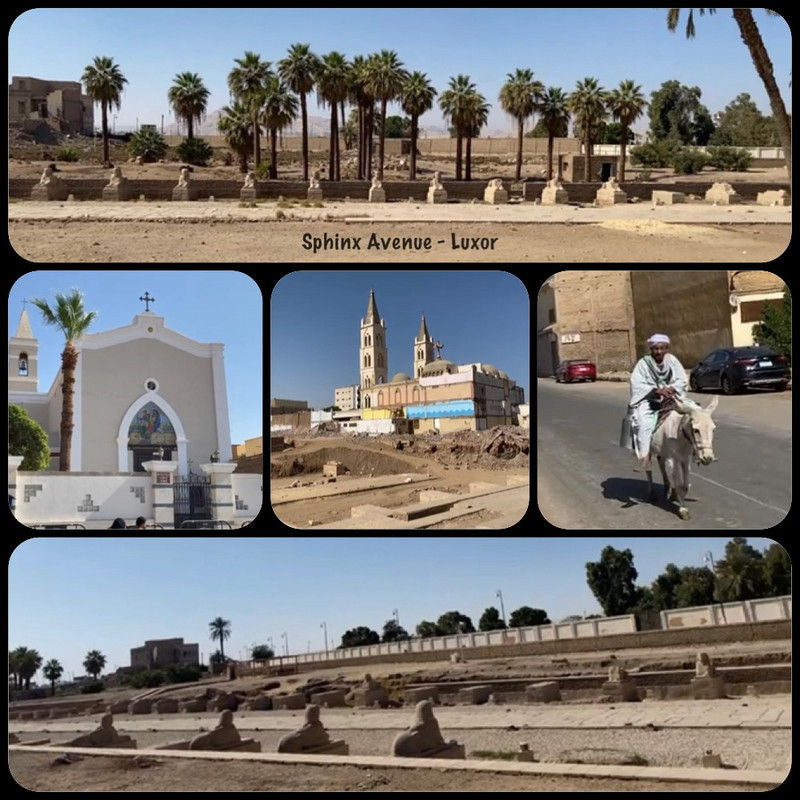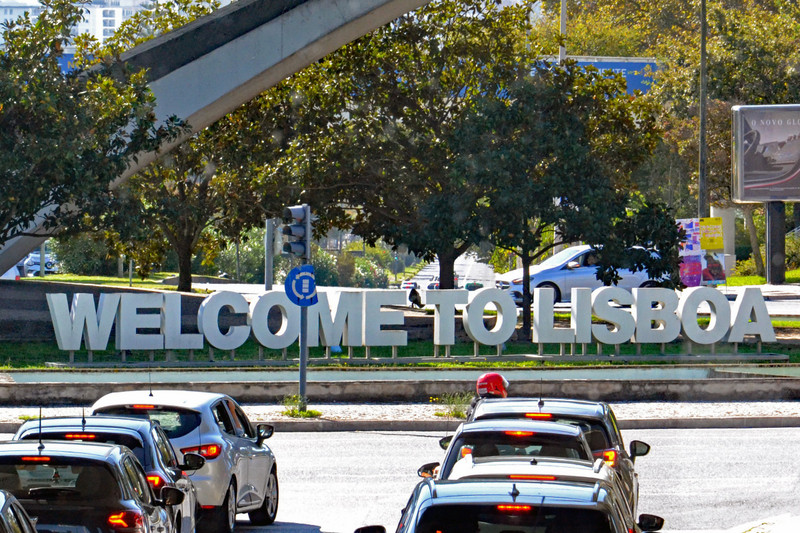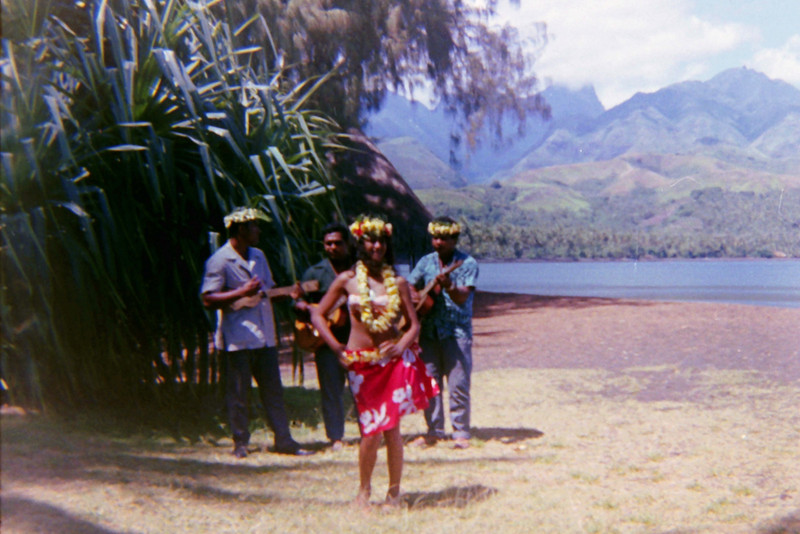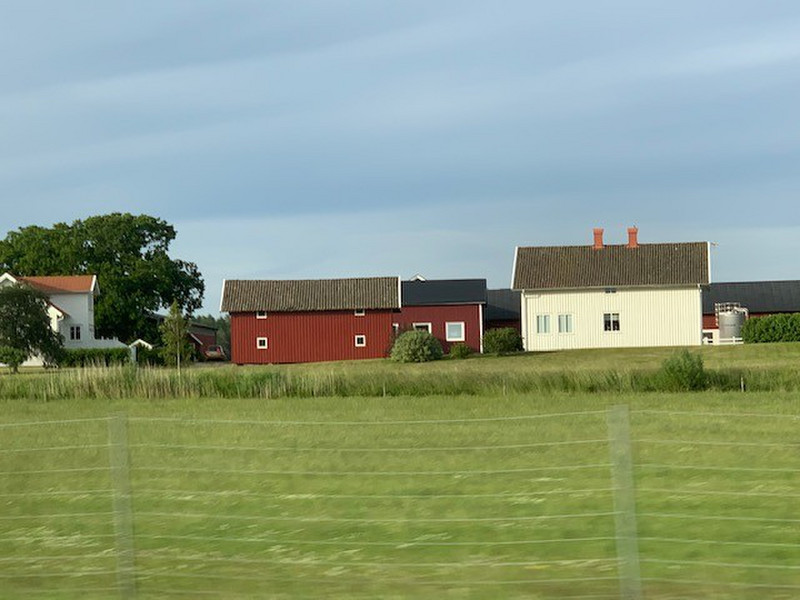The construction of the Avenue of Sphinxes began during the New Kingdom and finished during 30th Dynasty rule of Nectanebo I BC).
Around 1,200 sphinx statues are thought to have lined this road together with barque chapels stocked with offerings.
The Avenue is one of the most important archaeological and religious paths in Luxor, as it was the location of important religious ceremonies in ancient times, most notably the Beautiful Feast of Opet where once a year during the festival Egyptians paraded along it carrying the statues of Amun and Mut in a symbolic of their marriage.
The Sacred Road was first discovered in 1949 in front of Luxor temple. Subsequent excavations between 1958 and 1964 increased the initial exposure, revealing the Avenue from Luxor temple to the rear of Luxor Polis station which existed in front of Luxor temple in 1936. The recent excavations started in 2005
It was sad to hear how many of the buildings along the Avenue had been demolished, including a church to preserve the archeological site.
The Avenue is 3km long and as we walked along with Lesley, our guide, life in Luxor continued around us whether it be at the local bakery, the man on his donkey or the Calesh driver who offered a lift as he felt the walk to the temple was too far.









